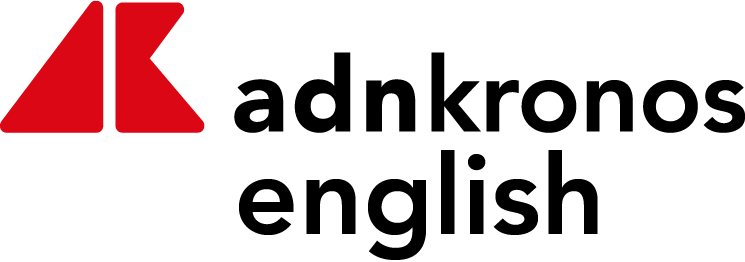Tokyo, Oct. 19 (Jiji Press)–Batteries are taking center stage behind the scenes in Japan’s electric vehicle market, with domestic automakers striving to improve performance of their latest models by adopting lighter and more efficient packs as well as technologies popular among Chinese manufacturers. Batteries account for about one-third of the price of an EV and largely determine its driving range and durability, fueling fierce competition for innovation. Japan’s Suzuki Motor Corp. drew attention by choosing a lithium iron phosphate, LFP, battery for its e Vitara small electric SUV, set for launch in January. This type of battery, widely used by Chinese EV makers, such as BYD Co., is known for its safety, long life and low cost. It is, however, considered not good at extending driving range because its internal density related to energy storage is relatively low, leading to poor efficiency. “At Suzuki, safety and reliability come first,” Sumio Ono, chief engineer of the e Vitara, said during a press event in mid-September. The LFP battery is “highly durable and less prone to catching fire,” he said. Regarding the issue of cruising range, Shunji Noda, an executive of Japanese battery supplier AESC, said that the LFP battery’s performance has improved significantly. “We enhanced energy density by optimizing the battery layout, which became a breakthrough.” Meanwhile, European and U.S. automakers have mainly relied on nickel-cobalt-manganese, or NCM, lithium-ion batteries, competing for higher energy density and lighter weight. Japanese automakers also favor the NCM type. Honda Motor Co. adopted this battery type for its recently launched N-ONE e: electric minivehicle and achieved a driving range of 295 kilometers on a single charge, the longest for an electric minivehicle in Japan, thanks to a thinner battery pack. Nissan Motor Co.’s third-generation Leaf EV also uses the same type. However, some European and U.S. makers are now shifting toward LFP batteries, suggesting that the market landscape could be reshaped. On the other hand, battery recycling is an emerging challenge. “There is no established system to collect used batteries” in Japan, AESC’s Noda said. “Nationwide regulations are essential.” Since LFP batteries use cheaper materials, some see that recycling would be slow to develop. With the spread of EVs, Japan faces mounting pressure to build an efficient framework for the collection and reuse of batteries. END [Copyright The Jiji Press, Ltd.]
EV Battery Race Heats Up among Japanese Automakers




